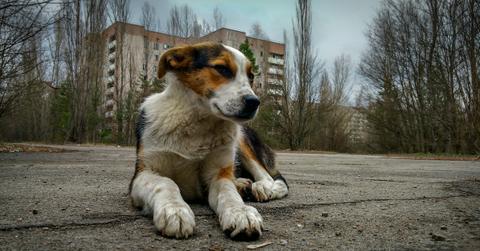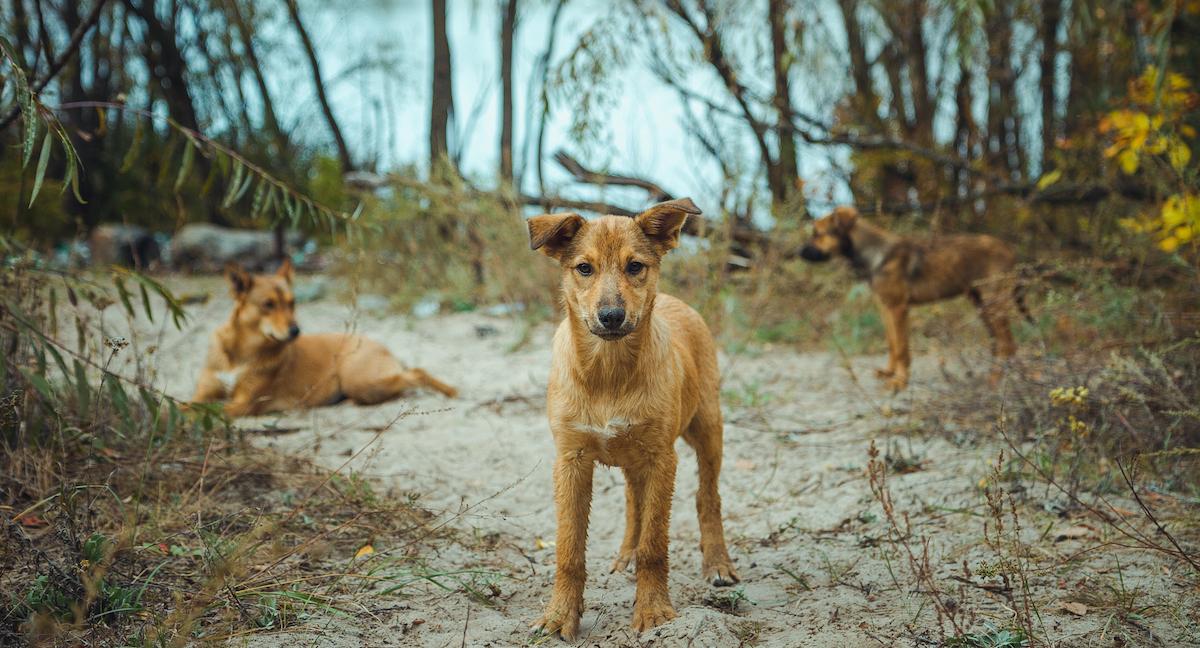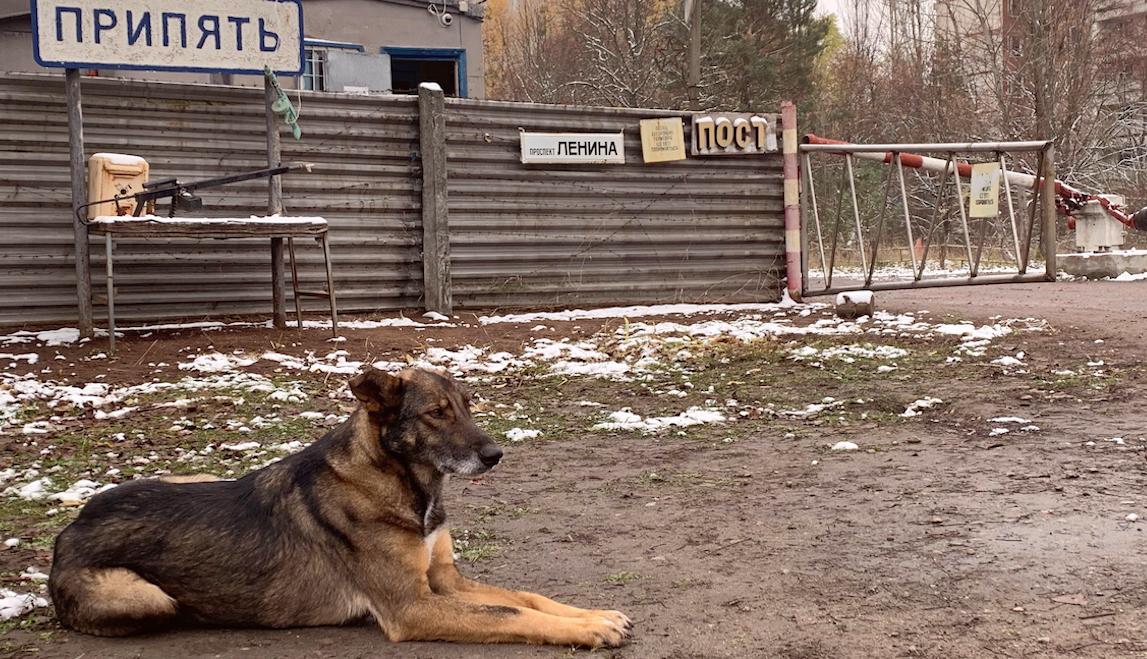From Abandoned to Acclaimed: How Chernobyl's Dogs are Becoming Key Players in Nuclear Research
Published March 28 2023, 11:01 a.m. ET

There are many questions and mysteries surrounding Chernobyl. Though 28 initially died, thousands more succumbed to cancer caused by radiation exposure. However the true number of deaths from the tragedy may never be determined.
Today, Chernobyl is primarily a ghost town, and with only a scattering of inhabitants, it has become a haven for wildlife and stray dogs. And a new study on the stray dogs of Chernobyl marks one step closer to understanding the long-term effects of radiation.
The study analyzed the DNA of these Chernobyl dogs living within the exclusion zone, a restricted area surrounding the nuclear plant. It marked the first of its kind in Chernobyl to focus on the genetic makeup of large bodied mammals.
READ NEXT: This Teen Is Suing Her Home State in a Historic Climate Change Case

What is the Chernobyl Exclusion Zone?
In the immediate aftermath of the Chernobyl nuclear disaster, the majority of plant and animal life was destroyed — and the area remained highly radioactive. In an effort to protect the population from dangerous radiation exposure, the Chernobyl Exclusion Zone was created in 1986, just weeks after the explosion. The restricted area encompassed an 18.6-mile radius around the power plant, totaling more than 1,000 square miles.
About 116,000 living within the exclusion zone were forced to evacuate, while employees began the massive (and dangerous) undertaking of reducing the impact of the explosion. The majority of remaining pets and stray dogs were killed by Soviet soldiers due to concerns that they’d spread the radiation. However, it’s believed that some dogs survived, and still others have repopulated the area over the last 37 years since the Chernobyl disaster.
What were the findings of the genetic study on the dogs of Chernobyl?
According to the study, in 2017, there were an estimated 800 dogs in and around the area, likely being fed by tourists, plant workers, and about 1,000 people who have repopulated the Exclusion Zone. As a result of the increase of the dog population, the Chernobyl Dog Research Initiative was established to help provide veterinary care, and blood samples were saved for future studies.
Researchers analyzed the genetic structure of a total of 302 stray dogs, some living in the Chernobyl power plant itself while others lived approximately nine to 28 miles away. The study, which was recently published in Science Advances on March 3, 2023, concluded that there was a genetic distinction in the dogs within these different areas.

The Chernobyl plant dogs were found to be primarily German Shepherds and more inbred than those in other areas further away, which were mixed dog breeds. Researchers identified specific family units within these groups, so they were able to hypothesize which dogs were descendants of those living in Chernobyl at the time of the disaster or shortly afterward, and which had been brought in from elsewhere later (likely as pets from returning residents).
This information about the genetic make-up of the dogs creates a foundation for understanding how low-dose, long-term radiation can affect the health of canines and humans. Some of the dogs are living parts of the Chernobyl plant that are extremely contaminated, so studying their genetics is a huge first step in identifying possible mutations. Future studies are planned that can possibly shed light on survival in a radioactive region.
